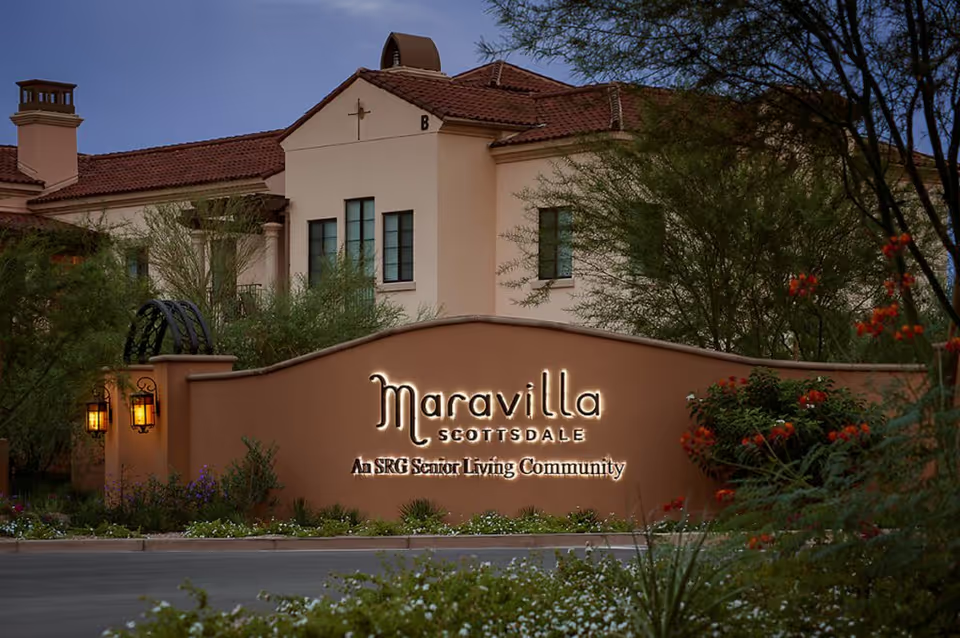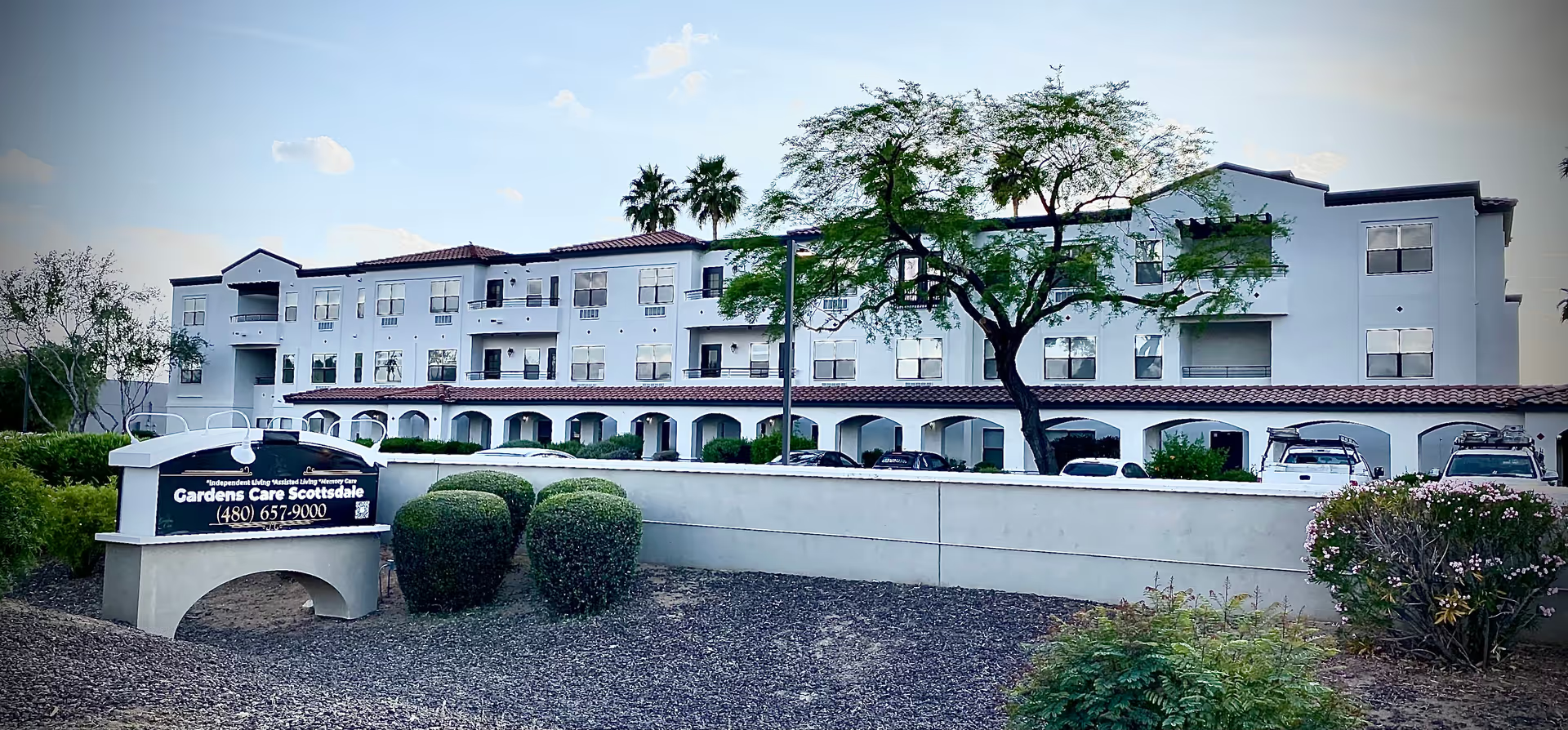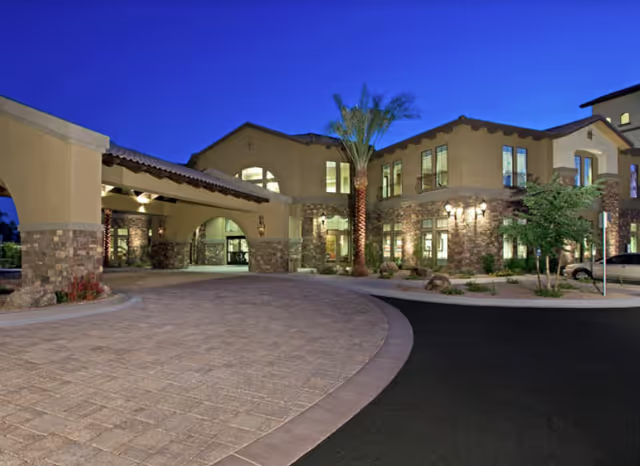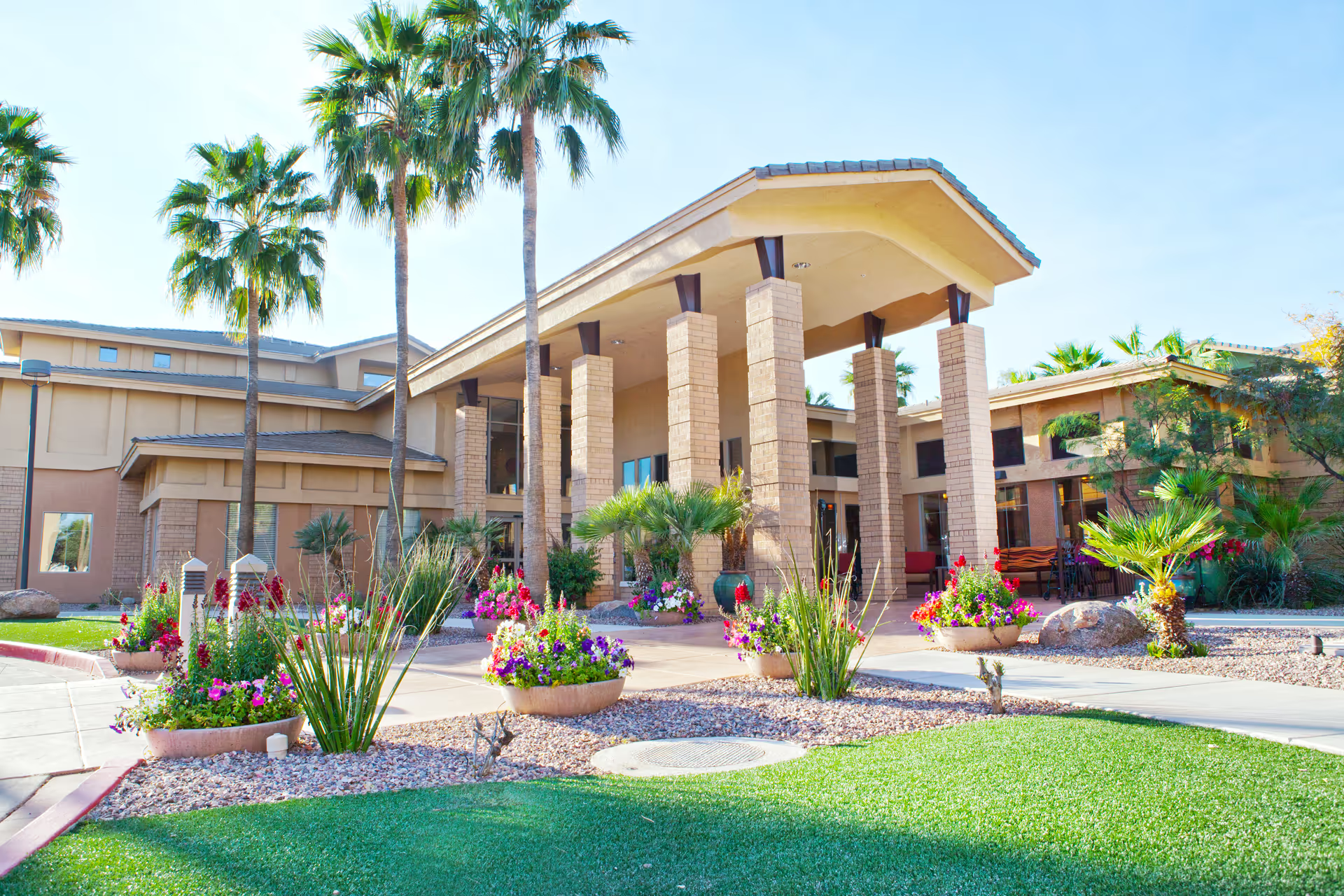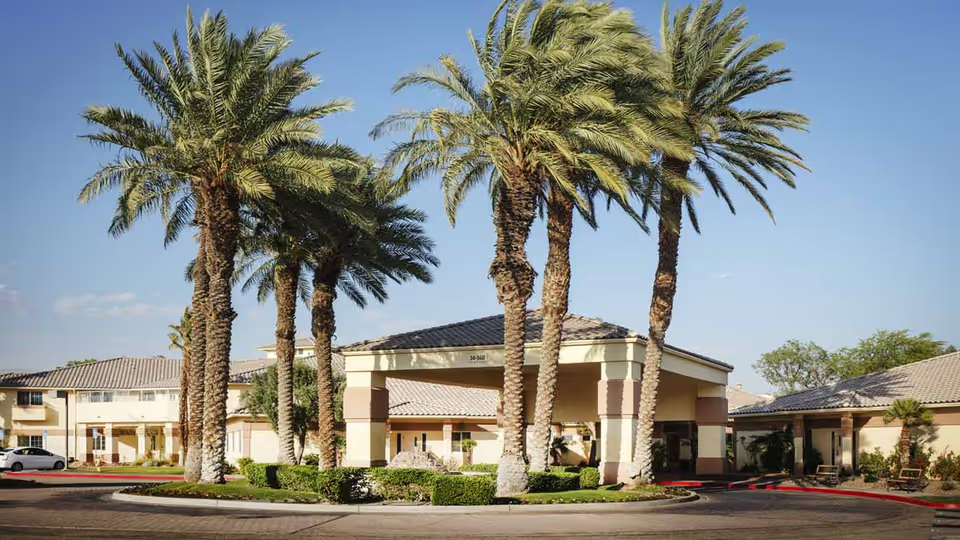Overall sentiment in the reviews is mixed but leans toward positive for the day-to-day atmosphere and personal aspects of care, with several serious negative reports that raise safety and management concerns. A consistent strength across many reviews is the home's warm, country-style environment: residents and families frequently mention a lived-in, homelike feel, big porches, and pleasant indoor/outdoor surroundings. Many reviewers praise the staff for being caring, personable, and having a sense of humor; multiple comments describe attentive caregivers, individualized attention, and owners who communicate directly and responsively. The facility is repeatedly noted for home-cooked, nutritious meals that can be adjusted for picky eaters, and for an active social calendar that includes holiday parties, music, church services, hairdressing, visits from children and performers, and animal interactions like mini horses. Several families explicitly state that their loved ones were happy, maintained weight, and were content with the care and food provided. The facility also accepts hospice care and, in a number of reviews, hospice coordination and compassionate end-of-life support are noted as positives. Cost is viewed as competitive by multiple reviewers, making the facility an attractive option for families seeking a homelike alternative to institutional settings.
However, a notable and recurring set of concerns stands out across the reviews. Safety and clinical consistency emerge as the most serious issues: several families report resident wandering incidents, including a parent who wandered off when the fence/gate was not secure. There are multiple mentions that gates are not real/secure and a fence being down. Clinical lapses are reported as well—missed medications, missed nebulizer treatments, and failures to follow hospice orders—which in at least one case led to an emergency room visit. These are not isolated, mild complaints but represent high-impact events that affected resident safety and trust. Staffing and workload problems are repeatedly mentioned: some reviews describe one caregiver per home, staff being overworked, and insufficient personnel to provide consistent supervision and recreation. Linked to staffing, several families complained about a lack of a pre-admission assessment and inconsistent follow-through on safety and care plans.
There is a clear inconsistency in experiences that suggests variability by shift, by specific home, or over time. While many families describe the facility as very clean, comfortable, and lovingly run, others report urine odors, very small rooms, shared bathrooms, and a sense that value-for-money was limited. Activity offerings are another mixed area: many reviews praise frequent, well-run activities and celebrations, while a subset describe isolation and little interaction. Management perception is similarly mixed—some reviewers explicitly call owners honest, responsive, and communicative, recommending the facility; others report denied refunds, eviction disputes, and a complaint filed after a refused pickup that led to an ER visit. Reports of loud kitchen activity and staff using foul language, and of residents being moved multiple times, further contribute to a sense of inconsistency in standards and policies.
Infection control and adherence to public-health guidance were also flagged in several reviews: at least one family explicitly stated staff were not following CDC guidelines and were not wearing masks. Given the vulnerability of the resident population, this is a substantive concern that intersects with staffing and policy enforcement. On a more positive operational note, some reviewers highlight proactive emergency response (staff calling 911), hospice acceptance, and the willingness of staff to celebrate recovery milestones and support rehabilitation.
Taken together, the pattern in the reviews is: strong personal warmth, good food, and a homelike, activity-rich environment for many residents, contrasted with intermittent but serious lapses in clinical care, safety, infection-control, and administrative consistency. The polarity of experiences suggests the facility can provide excellent, family-style care in many cases, but there are enough reports of safety incidents, missed treatments, and administrative disputes that prospective residents and their families should probe policies and observe current operations before committing. Specific areas to verify in person would include staff-to-resident ratios, security measures for wandering-prone residents (fence/gate integrity), medication administration protocols, hospice coordination practices, infection-control policies, and the facility's refund/eviction and incident-response procedures.
In summary, Country Care Assisted Living is frequently praised for its homelike atmosphere, caring staff, well-prepared meals, and active social life, and several families highly recommend it. At the same time, there are consequential concerns about safety, staffing, clinical consistency, infection control, and management disputes reported by other families. These mixed but substantive themes should be carefully weighed by anyone considering this facility: the strengths may meet many residents' needs, but the documented safety and care-process issues warrant thorough vetting and clear contractual and clinical safeguards prior to placement.
